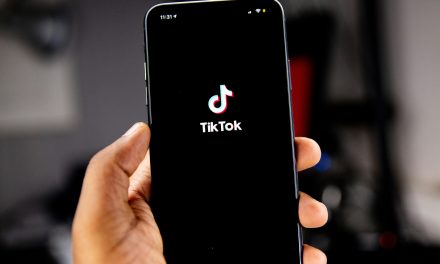New Oracle Advertising capabilities enable advertisers to measure ad impressions and invalid traffic across 3D surfaces within gaming environments.
Oracle has launched the world’s first ad measurement technology for 3D in-game environments, the software giant announced on 12 May.
This will help marketers better understand advertising performance in video games, the company said in a statement.
The latest updates to Oracle Advertising and Customer Experience (CX) include impressions delivery and General Invalid Traffic (GIVT) measurement for PC, mobile, and web-based gaming environments in Oracle Moat Measurement.
“As the gaming industry continues to grow and become a key area of investment for advertisers, it’s crucial that advertisers can measure whether an ad was served to a human and detect any fraudulent ad activity inside games,” said Derek Wise, Chief Product Officer, Oracle Advertising. “Today’s industry-first announcement represents an important step forward in understanding ad performance in 3D in-game environments. We’re proud to be able to equip advertisers with the confidence and tools they need to make more informed buying decisions to reach these highly engaged audiences.”
In-game ad revenue is expected to hit $56 billion in 2024, according to recent data from Omdia. Advertisers can engage new audiences with this fast-growing channel, but it can also be a target for advertising fraud.
Working with leading in-game advertising platforms Anzu, Bidstack, Adverty, and Frameplay, Oracle Moat enables advertisers to effectively measure impressions and GIVT to determine whether an ad was served to a human and to avoid ad spend on invalid traffic or fraudulent activity. By measuring impressions and GIVT, advertisers can make more informed decisions around their investments and better protect ad spend.
Oracle Moat, part of Oracle Advertising, helps brands, agencies, publishers, and platforms solve their biggest media measurement challenges across digital and TV. The measurement suite includes solutions for ad verification, attention, brand safety, advertising effectiveness, and cross-platform reach and frequency.


















